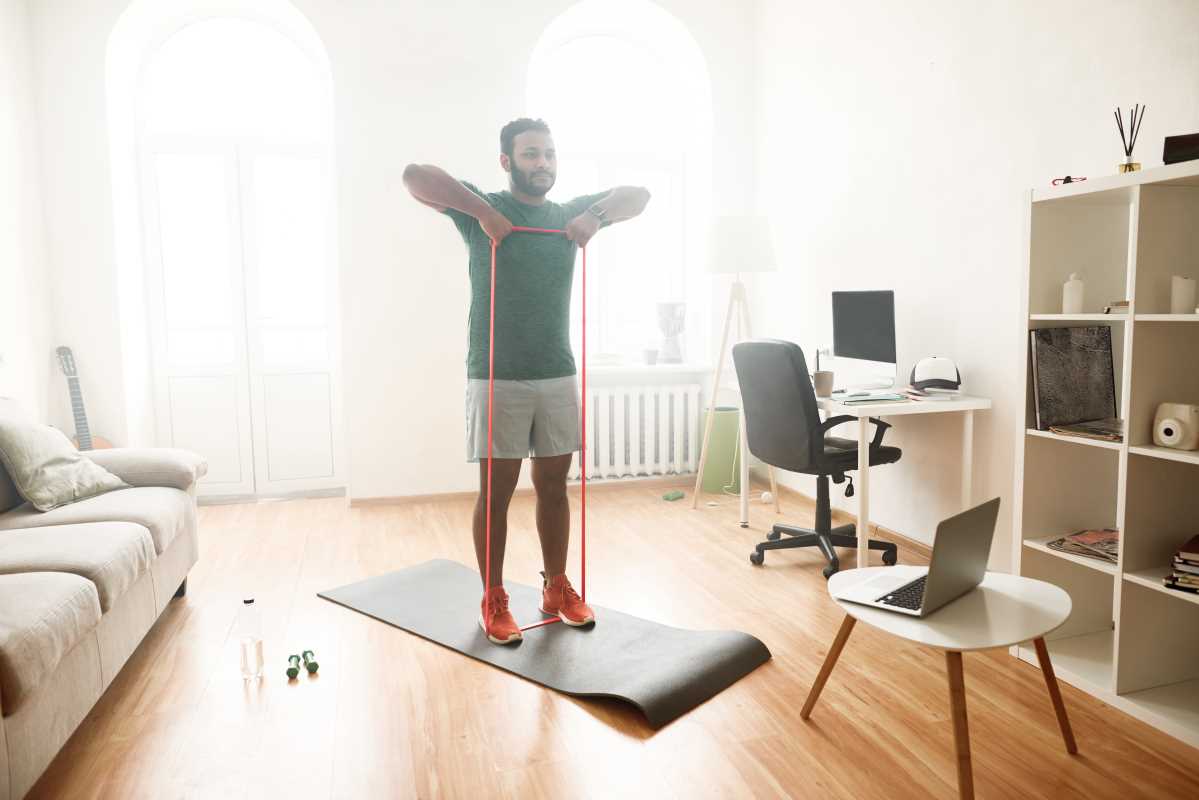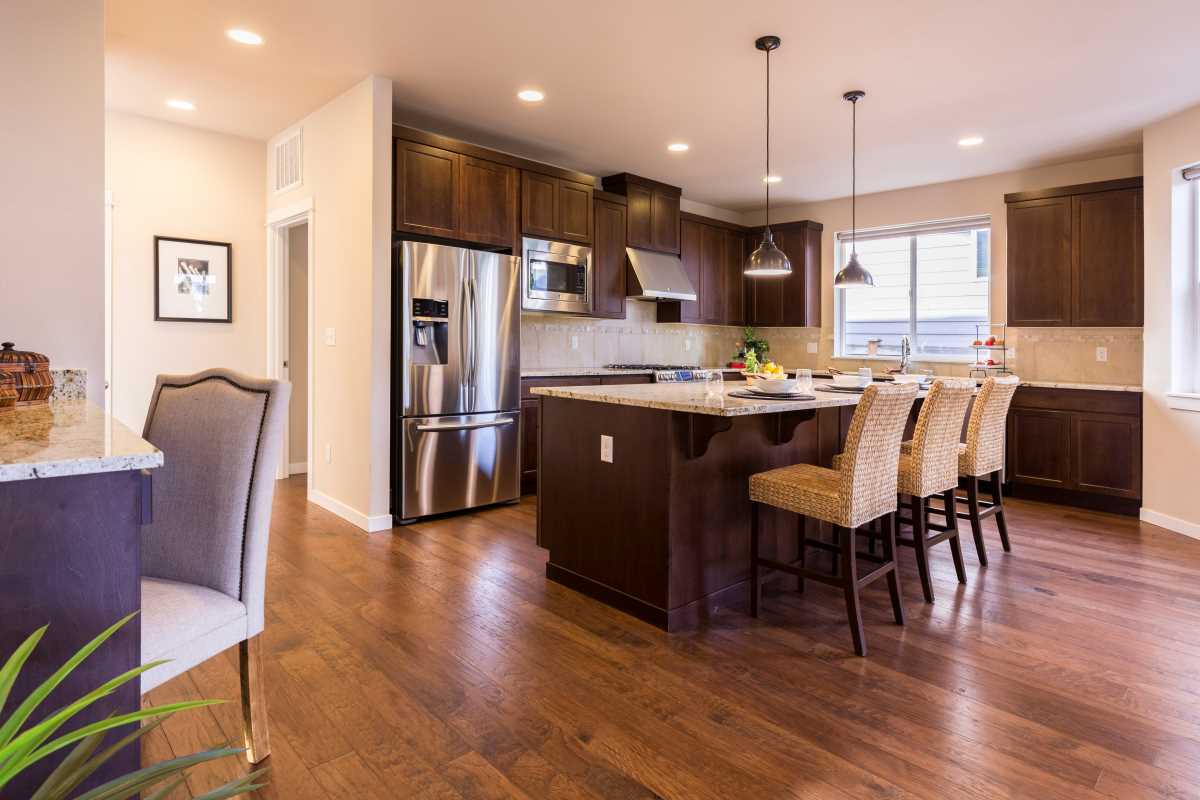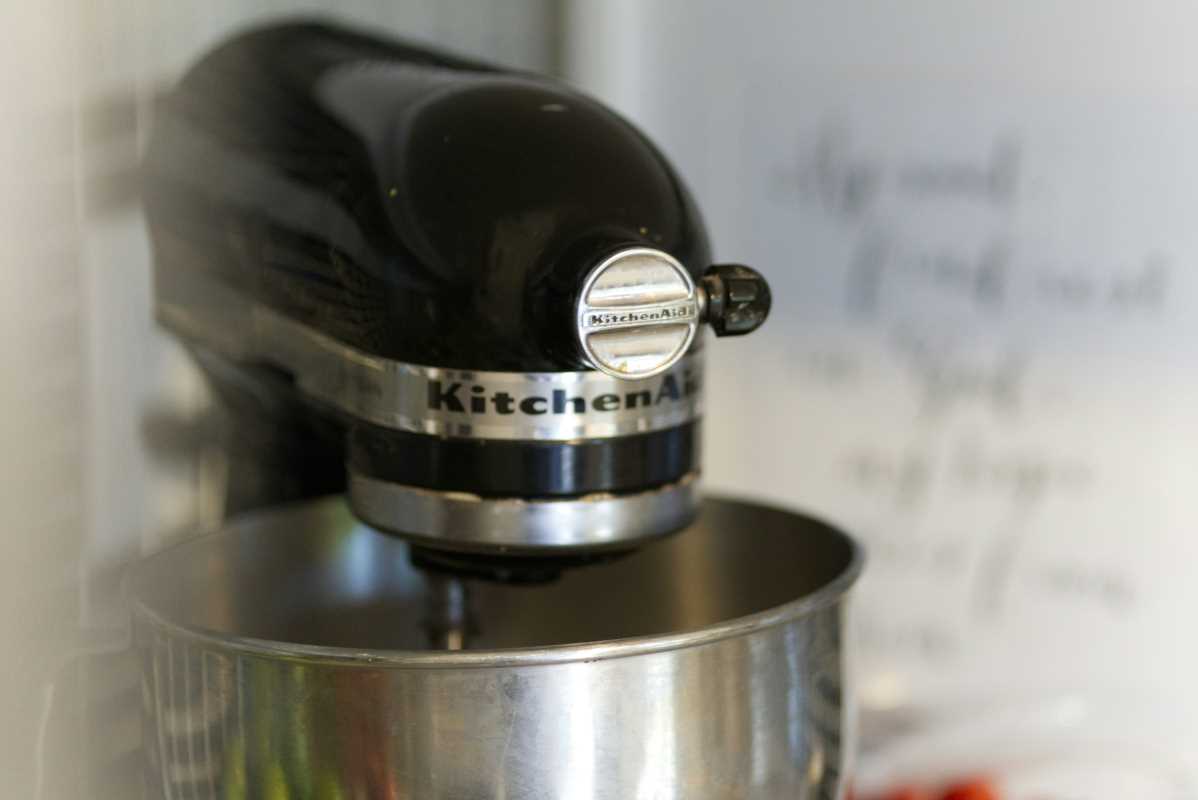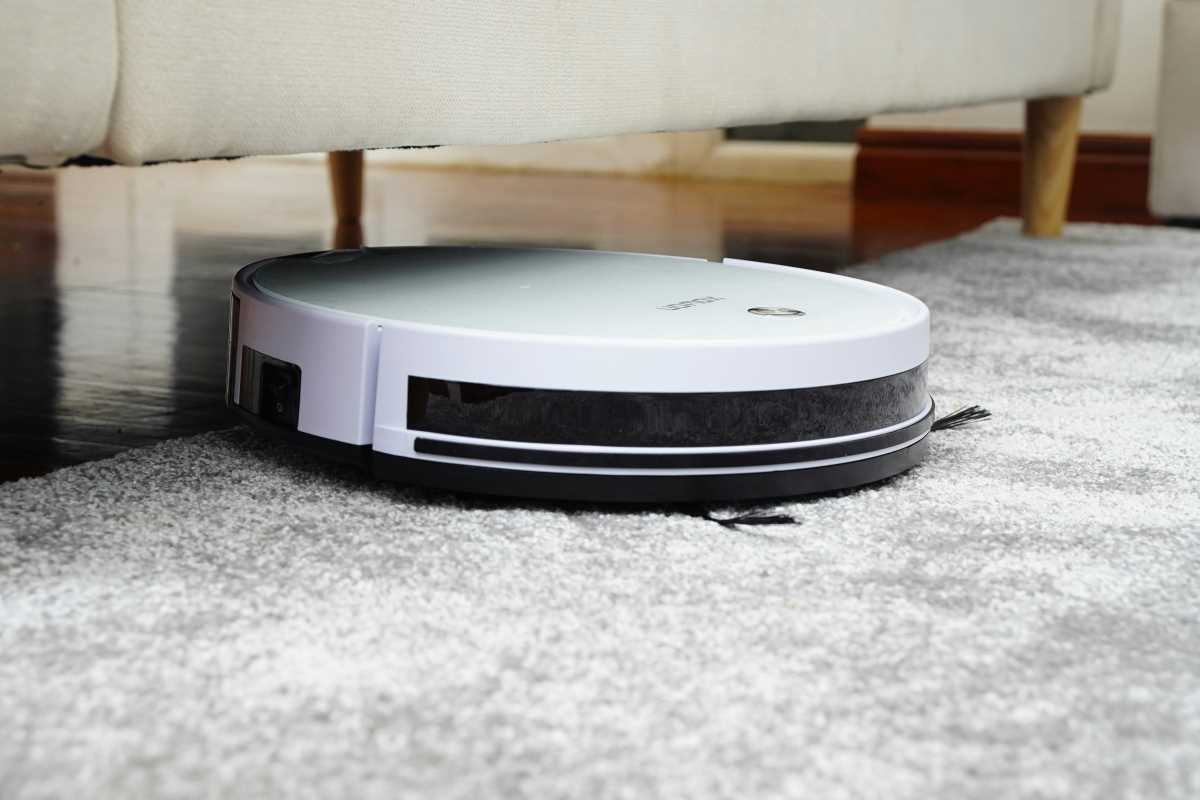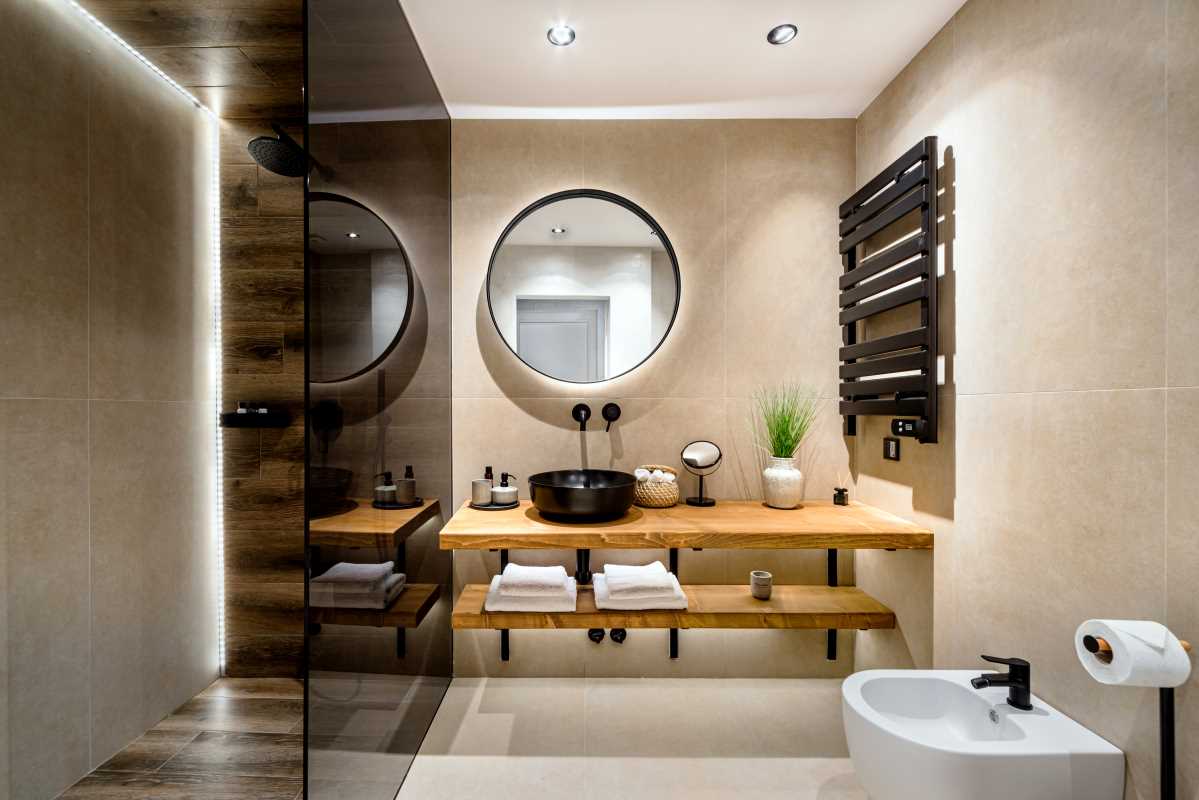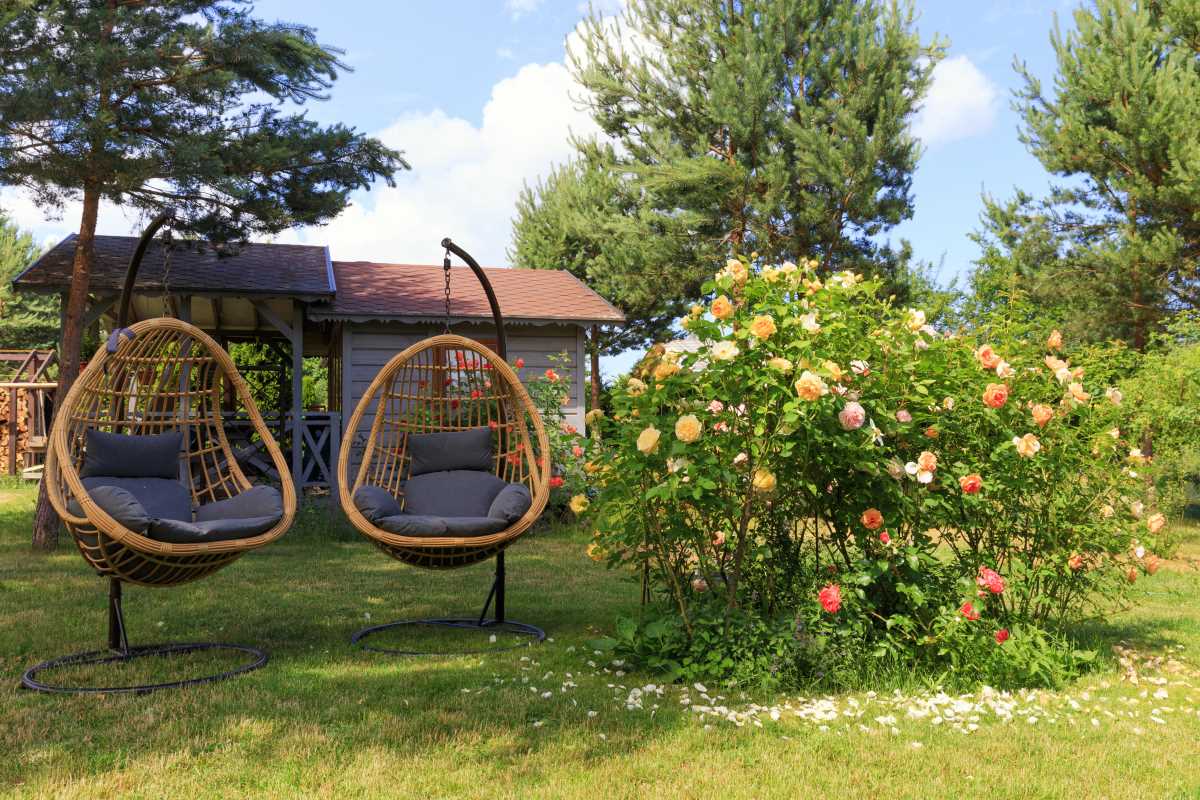Transforming a corner of your home into a personal gym doesn’t have to cost a fortune or require much space. Whether you’re in a compact apartment or looking to make the most out of a spare room, the right equipment can help you achieve your fitness goals without overhauling your budget or overcrowding your living area. With a little creativity and careful planning, you can build a fully functional workout zone that meets your fitness needs. This is a breakdown of affordable, space-saving workout gear and helpful tips to create the ultimate home gym.
Must-Have Home Gym Equipment for Small Spaces
1. Resistance Bands
- Why you need them
- Resistance bands are one of the most versatile and effective tools you can add to a home gym. They can be used for strength training, stretching, mobility work, and even physical therapy. They’re excellent for toning muscles, building endurance, and improving flexibility. What makes them truly stand out is their portability. They weigh almost nothing and take up as much space as a pair of socks, making them ideal for small living areas.
- Examples of exercises
- You can perform a variety of moves like bicep curls, lateral band walks, squats, and seated rows. Resistance bands allow you to mimic many movements that traditional gym machines offer but without the bulky hardware. They also reduce joint strain, making them great for beginners or those recovering from injuries.
- Price range
- $10–$30
- Space-saving tip
- Choose a storage basket to keep all your bands in one place, or loop them around a hook mounted on the wall. Color-code bands based on resistance level for quick access.
2. Adjustable Dumbbells
- Why you need them
- Strength training is a vital component of any fitness regimen, and adjustable dumbbells are a game-changer for small spaces. Instead of buying five pairs of dumbbells, adjustable models allow you to change the weight with a simple dial or plate system. This not only saves space but also simplifies your workouts, as you can quickly shift between weights for different exercises.
- Examples of exercises
- From goblet squats to chest presses and renegade rows, adjustable dumbbells are perfect for full-body workouts. They’re also great for progressive overload, which helps you build strength over time.
- Price range
- $150–$300
- Space-saving tip
- Invest in a small, sturdy stand to store your dumbbells vertically, or slide them under your couch or bed when not in use. Some models come with carrying cases for added portability.
3. Yoga Mat
- Why you need it
- A yoga mat is a non-negotiable for any home gym. Whether it’s yoga, Pilates, core work, or simple stretches, a high-quality mat provides cushioning and traction. It protects your joints and prevents slipping, especially if you're working out on hard flooring like tile or wood.
- Choosing the right mat
- Look for options made of durable materials like PVC or TPE, ensuring they last through repeated use. Thickness matters too; a thicker mat (around 6mm) offers extra comfort for sensitive knees or elbows.
- Price range
- $15–$50
- Space-saving tip
- Use a wall-mounted yoga mat holder or create a designated corner where you can roll and store your mat vertically.
4. Foldable Treadmill or Rowing Machine
- Why you need it
- Cardio is an essential part of fitness, but traditional equipment like treadmills and rowing machines are often bulky. Thankfully, foldable and compact models are readily available. These space-saving designs give you all the benefits of cardio training without permanently taking up large amounts of floor space.
- How to choose
- For treadmills, ensure they have good shock absorption to protect your joints. Look for a rowing machine with adjustable resistance levels and a quiet mechanism if noise is a concern.
- Price range
- Foldable treadmills: $300–$800
- Compact rowing machines: $250–$700
- Space-saving tip
- Opt for models that fold completely flat or stand upright. Store them under beds or behind doors when not in use. Some machines also come with transportation wheels for easy maneuverability.
- Alternative options
- If these options are outside your budget, consider a compact stationary bike or mini elliptical. These often cost less and are easy to move around.
5. Kettlebell Set
- Why you need it
- Kettlebells are another versatile addition to your home gym. They provide a unique way to build both strength and endurance through dynamic, functional movements. Plus, you only need one or two kettlebells to perform a variety of exercises.
- Examples of exercises
- Kettlebell swings, Turkish get-ups, goblet squats, and deadlifts are all options that work multiple muscle groups simultaneously.
- Price range
- $20–$100 (depending on weight)
- Space-saving tip
- Designate a small section of your workout area for kettlebells, such as a corner by the adjustable dumbbells. A compact storage shelf designed for weights can also help keep them organized.
6. Jump Rope
- Why you need it
- For such a tiny piece of equipment, a jump rope delivers an incredible cardio workout. It’s one of the most efficient tools for improving cardiovascular health, coordination, and endurance. Plus, jumping rope burns calories faster than many other forms of exercise.
- Great for quick workouts
- If you’re short on time, just 10 minutes of jump rope can give you the same cardio benefits as 30 minutes of running. It’s perfect for adding a quick burst of activity to your routine.
- Price range
- $10–$40
- Space-saving tip
- Coil the rope into a portable drawstring bag or hang it on a gym wall hook.
7. Doorway Pull-Up Bar
- Why you need it
- Pull-up bars take up no floor space and are incredibly effective for building upper body and core strength. They’re perfect for pull-ups, chin-ups, and even hanging leg raises. Many models are designed to fit most standard doorframes and can be easily removed after use.
- Tips for beginners
- If pull-ups feel too challenging, use resistance bands as assistance until you build enough strength to perform them unassisted.
- Price range
- $20–$50
- Space-saving tip
- Once done, remove the bar from the doorframe and store it flat in a closet or under the bed.
Tips for Maximizing Space in Your Home Gym
1. Utilize Vertical Space
Use your walls to your advantage. Add hooks, wall-mounted racks, or magnetic strips to hang equipment. For example:
- Resistance bands can be looped onto wall hooks.
- A yoga mat and foam roller can be mounted vertically to save floor space.
2. Foldable and Multifunctional Equipment
Larger gear like foldable treadmills, rowing machines, or wall-mounted squat racks can offer full functionality without permanent floor space usage. Look for compact solutions designed for easy storage.
3. Consider Multipurpose Furniture
Storage benches or ottomans can double as seating and equipment storage. They provide a tidy place to stash resistance bands, jump ropes, or other small items while seamlessly blending with your home decor.
4. Mobility is Key
Keeping your home gym mobile allows for more flexibility. Use a rolling cart or storage bin to organize and move your gear as needed.
The Benefits of a Home Gym
Not only is a home gym convenient, but it’s also cost-effective in the long run. While the upfront cost may seem daunting, it pays off quickly when you factor in savings on gym memberships and gas for commuting. Plus, you’ll have total privacy and control over your workout environment. Another bonus? You’ll always have access to clean equipment that you don’t have to share.
Designing a space with gear tailored to your preferences can motivate you to work out regularly. A few personal touches, like adding inspiring artwork, a good-quality Bluetooth speaker, or even a small fan for cooling off, can make the area inviting.
